Following our recent ‘blokecore’ dissection, it feels like we ought to address another elephant in the room: why we’re still all obsessed with outdoor clothing, and whether gorpcore still means anything.
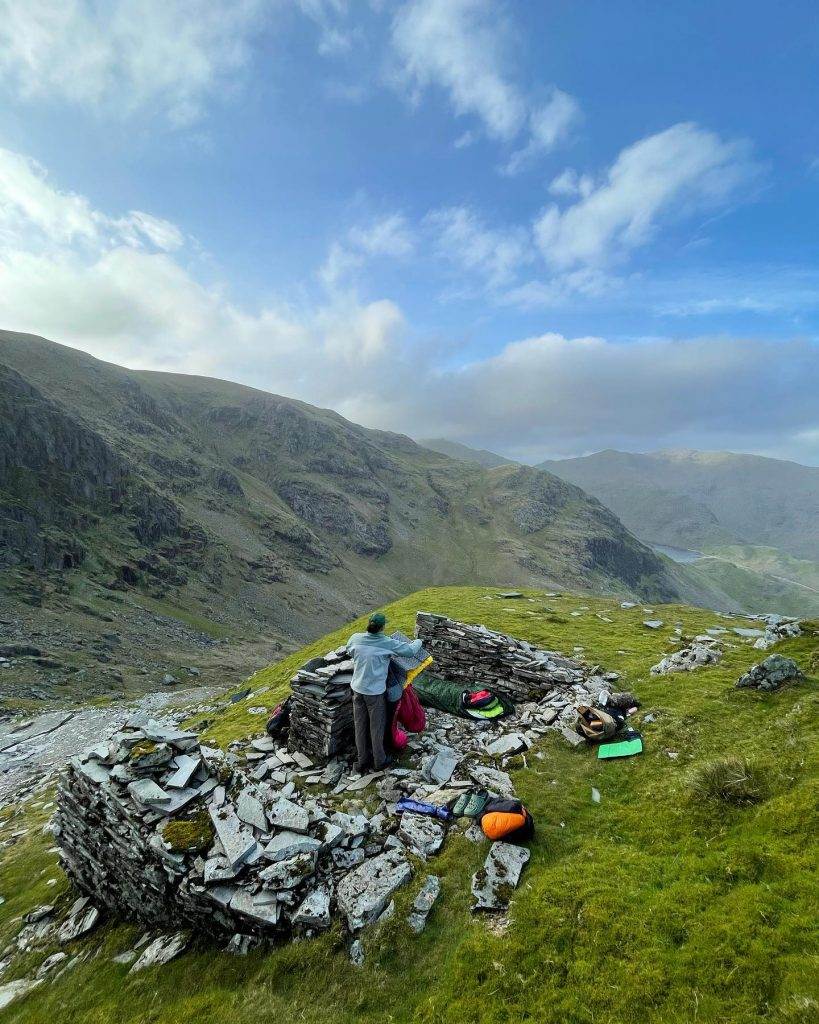
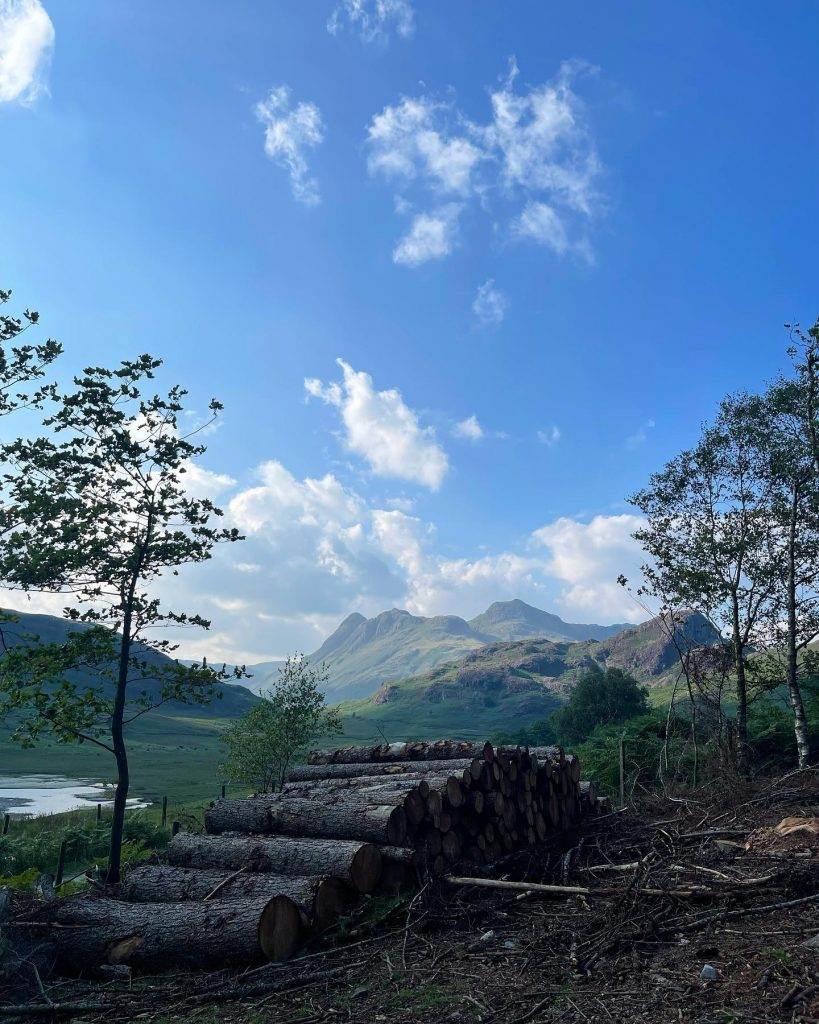
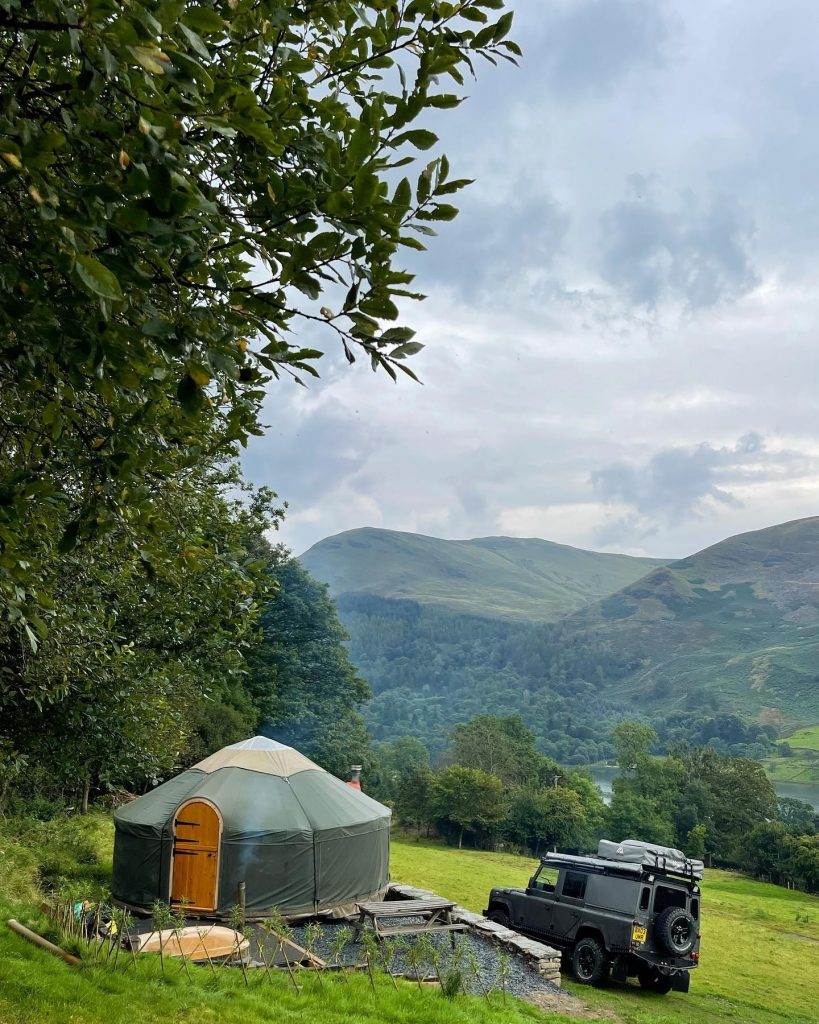
The world has been talking about Gorpcore since 2017, when the barriers between traditionally ‘fashionable’ outfits and outdoor hiking gear began to blur. Establishments like Vogue began to give the idea attention around the time that Frank Ocean was pictured wearing Mammut and Arc’teryx, and then three years later, in 2020, the gorp nail was really hammered in when Drake and Virgil wore matching Arc’teryx jackets in Paris.
Of course, this gorpcore ‘trend’ is a wider world acknowledgement that outdoor gear is fucking cool, something we’ve known in the North since the 80s, and we aren’t here to gloat about that (although we are secretly chuffed – we’ve been writing about Gore-Tex and ACG since we started 20 years ago), but to assess how, 5 years later, this ‘core’ has survived not just as a microtrend, but as a significant moment in recent fashion history.
By now, we all know what gorpcore is: load up Instagram’s explore page, where you’ll find logo-laden snapshots set against scenic vistas, fit pics with cinched jackets, baggy trousers, and hoods with creative toggle technology.
In 2022, the word ‘gorpcore’ shouldn’t just point to a way of dressing, but to a feedback loop between outdoor activities and a way of presenting them as content online
There’s a style here, and while it can be at both the street and summit level, where the pictures are taken, it really takes place online, where the style and images come to life and gain power. The influence of the outdoor community’s online presence is changing fashion from the bottom up, where mainstream brands with zero outdoor credentials seek to emulate the outdoor aesthetic for monetary gain.
Large-scale collaborations like TNF x Gucci and Jil Sanders x Arc’teryx exemplify this to a tee, but also smaller established brands pick up on photographers, models and stylists that are active in the outdoor scene and use them to curate an outdoor image themselves.
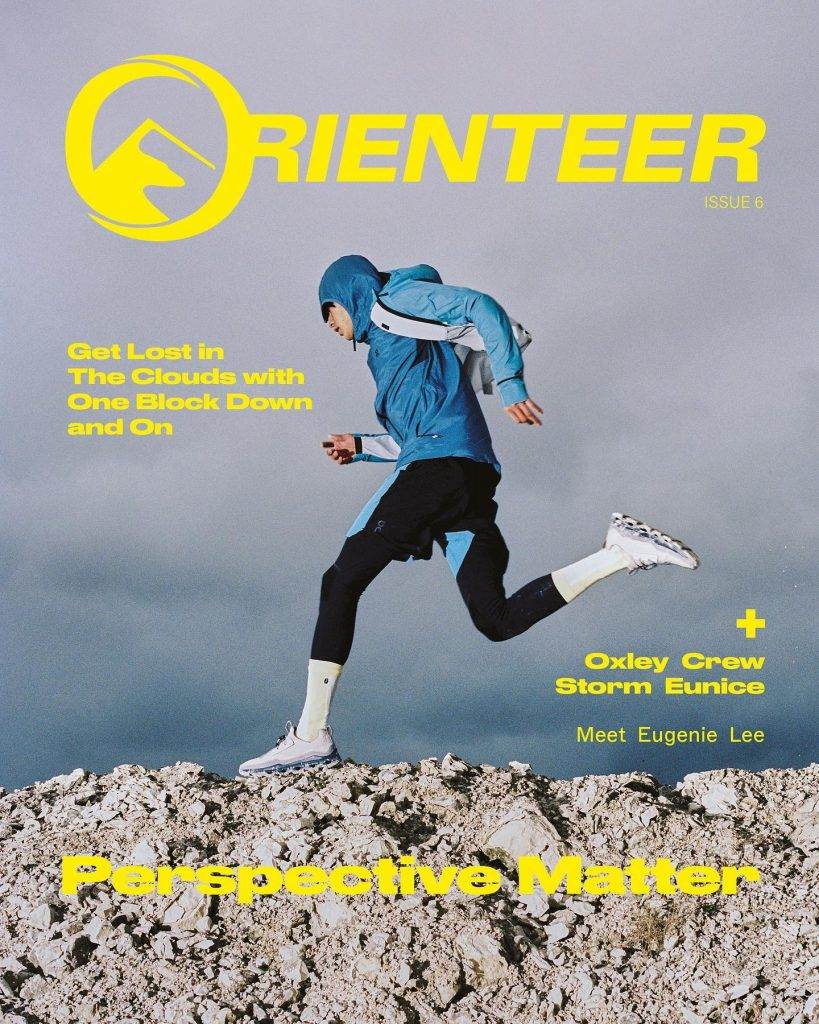
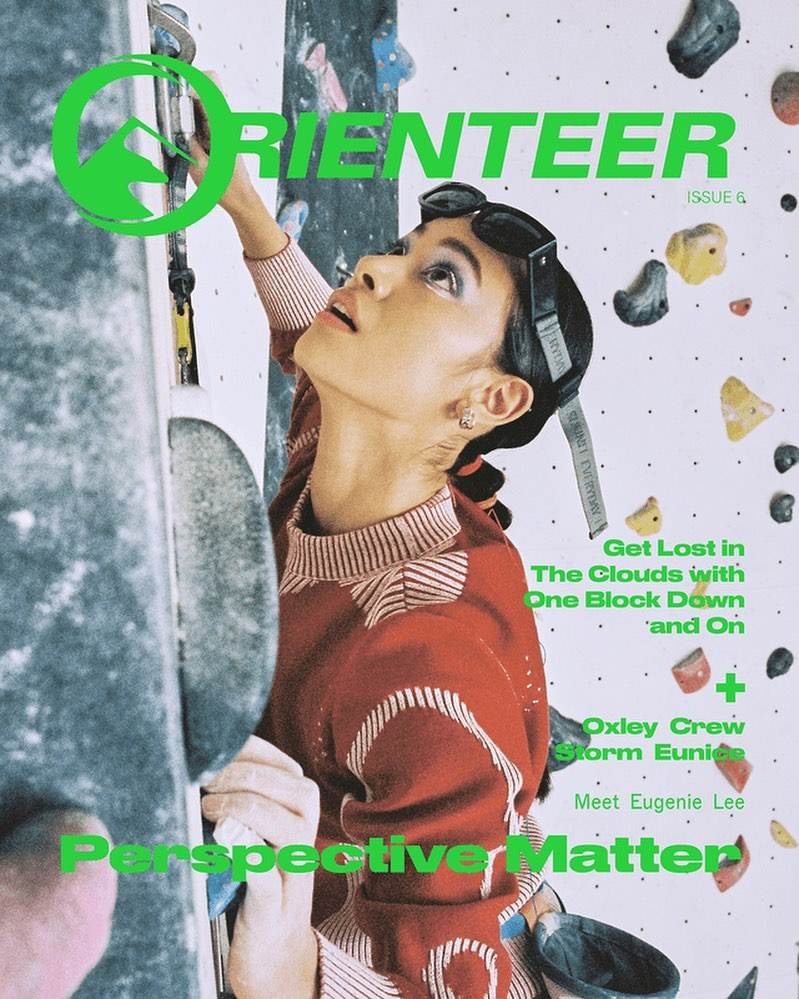
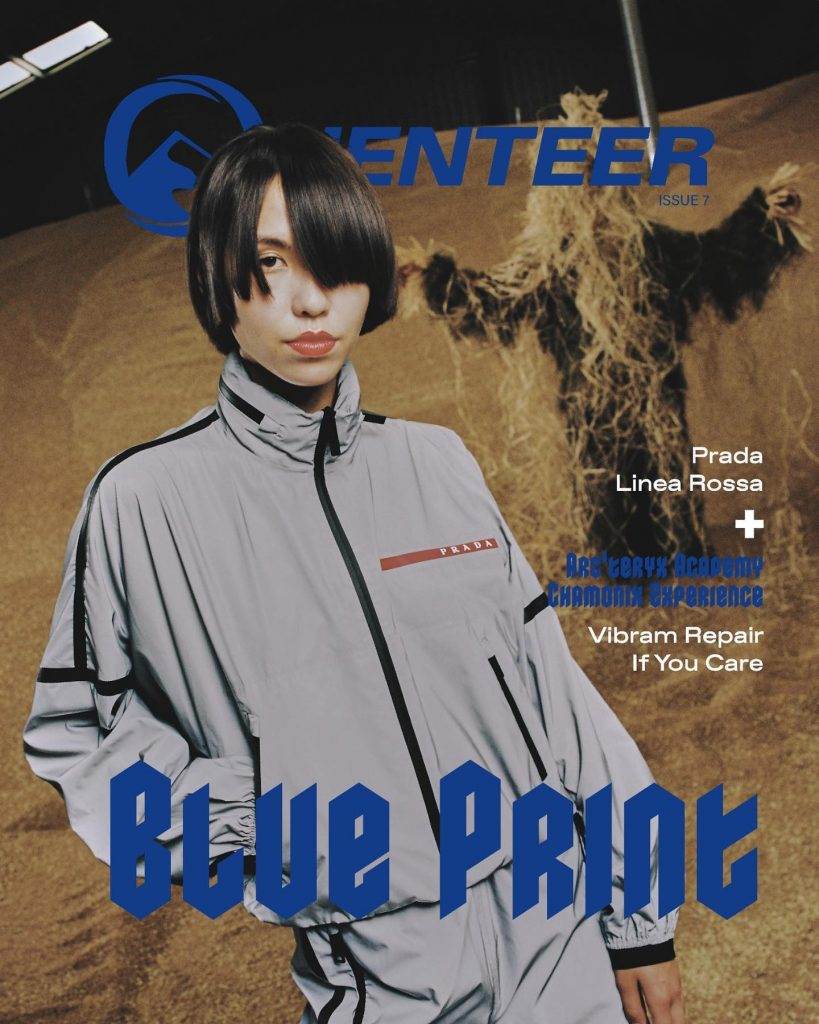
ABOVE: The guys at Orienteer Mapazine represent one of the best and consistently creative ways in which outdoor enthusiasm can be captured in relation to brands.
If there’s any doubt about the impact that the outdoor world still has, you only need to think about pop cultural moments, like the images that went viral of Bella Hadid wearing a long ACG skirt earlier this year. Instantly, any resellers who had the item sold out, and then cargo skirts rapidly increased in popularity on Shein and other fast fashion sites. There’s a similar story for parachute pants, and the assimilation of other outdoor brands like Mountain Equipment, Colombia and Mont Bell into the same online moodboards as Prada and Stussy speaks volumes.
But why are we still interested in outdoor gear? Why didn’t it, like other fleeting trends, grow to the forefront and pop like a bubble? To fizz back into the background where a few dedicated pages could talk about zip styles in relative peace?
By all accounts, there’s something wholesome about outdoor gear and the online communities that come with it. Where else in fashion are there worlds that don’t just encourage the buying of products but promote activities that are ultimately good for mental health and well-being?
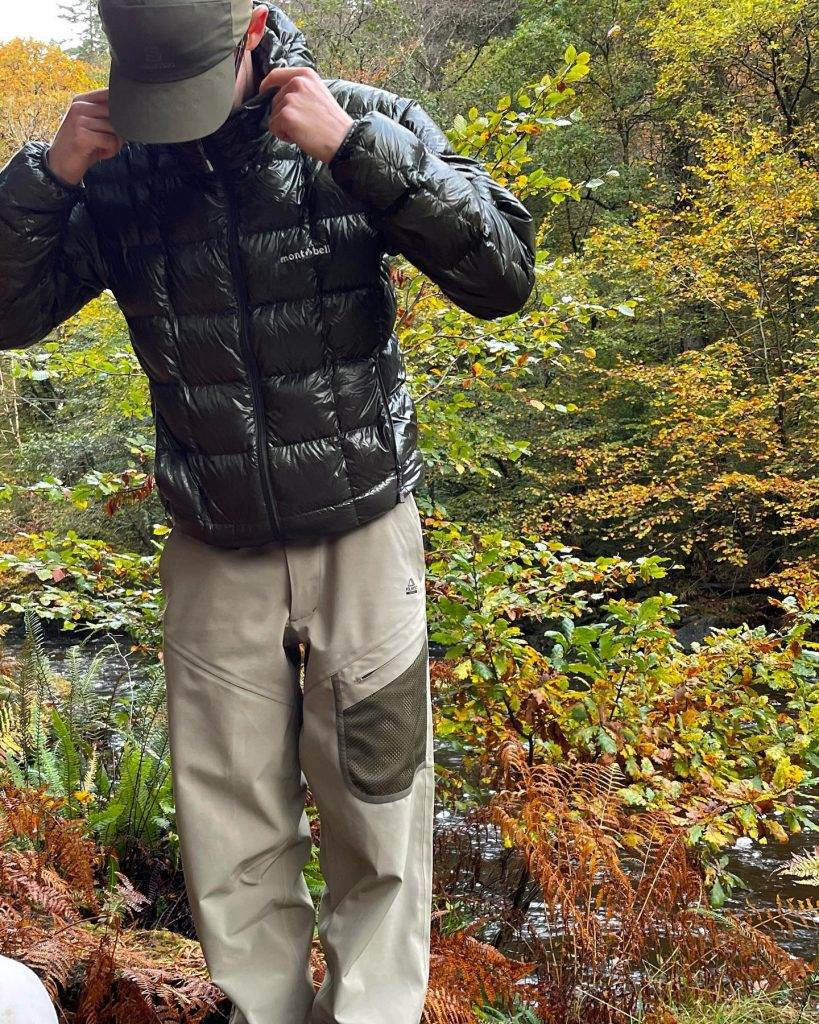
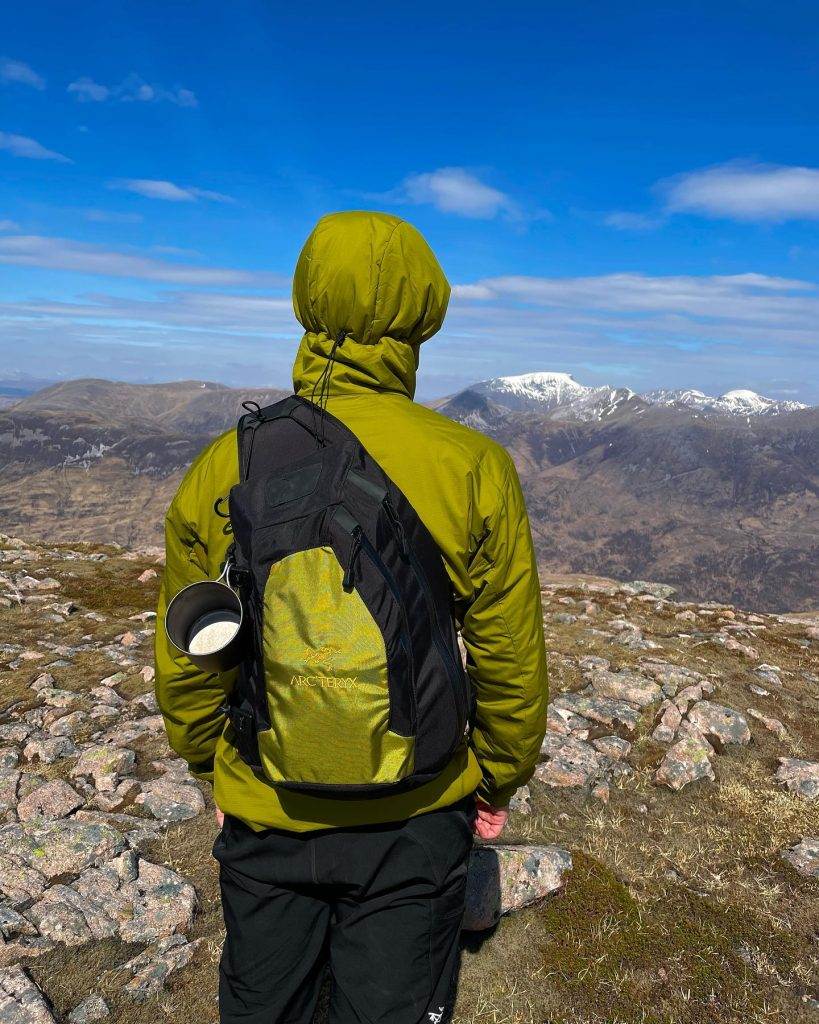
Sure, the notion that being outdoors can be a trend is laughable, but the communities surrounding it, including moodboards like @unownedspaces, don’t just collate fit pics and products, but showcase elements of ecology, environmental art and foraging. And then there are group hikes by huge pages like @114.index (sometimes with brand partnerships like this weekend’s Colombia trek), grassroots walks from smaller groups like Common Ground and workshops from bigger brands.
Earlier in the year, Snow Peak ran a workshop that promoted camping tips and tricks, food demos and birdwatching. There’s even Flock Together, an outdoor community that has built traction by promoting birdwatching amongst POC, and other similar groups like We Go Outside Too that are similarly creating safe and inclusive places for outdoor appreciation and actively undermining the perception that outdoor pursuits are white and middle-class.
While the outdoor community does love to snap pictures and line up brand logos alongside mountain tops, it also places emphasis on learning and good practice. There aren’t many other fashion trends that have the added bonus of encouraging a healthy, real-life pursuit that then feeds back into the trend itself.
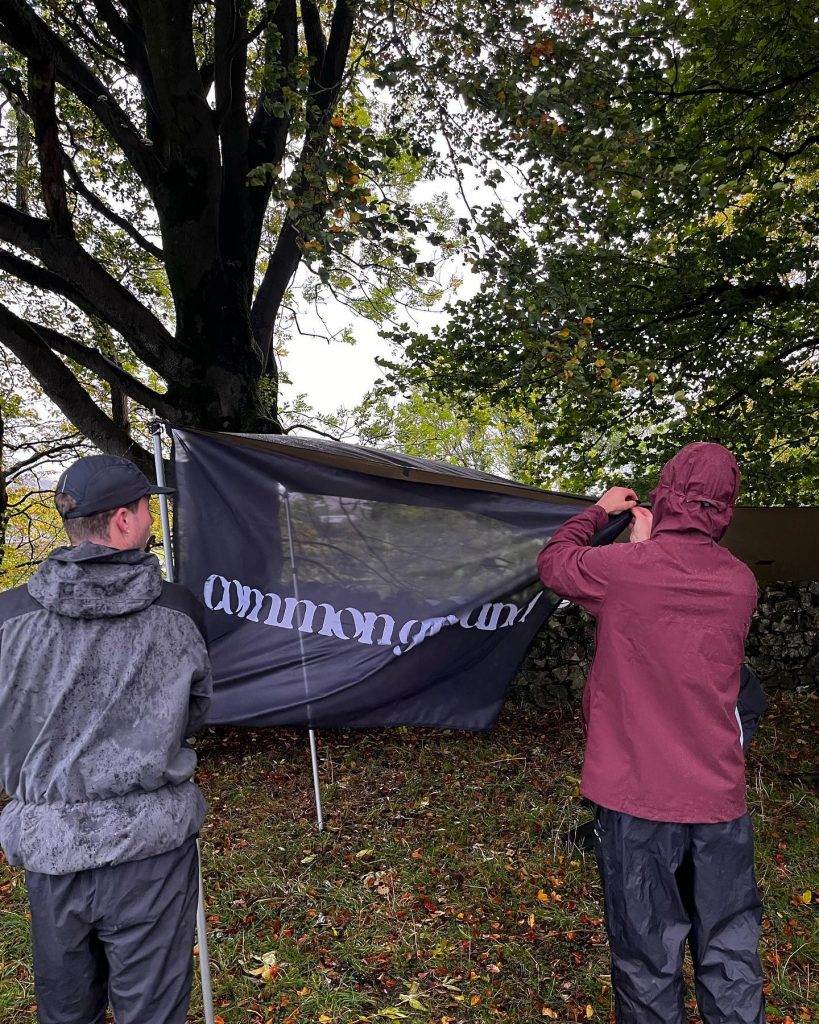
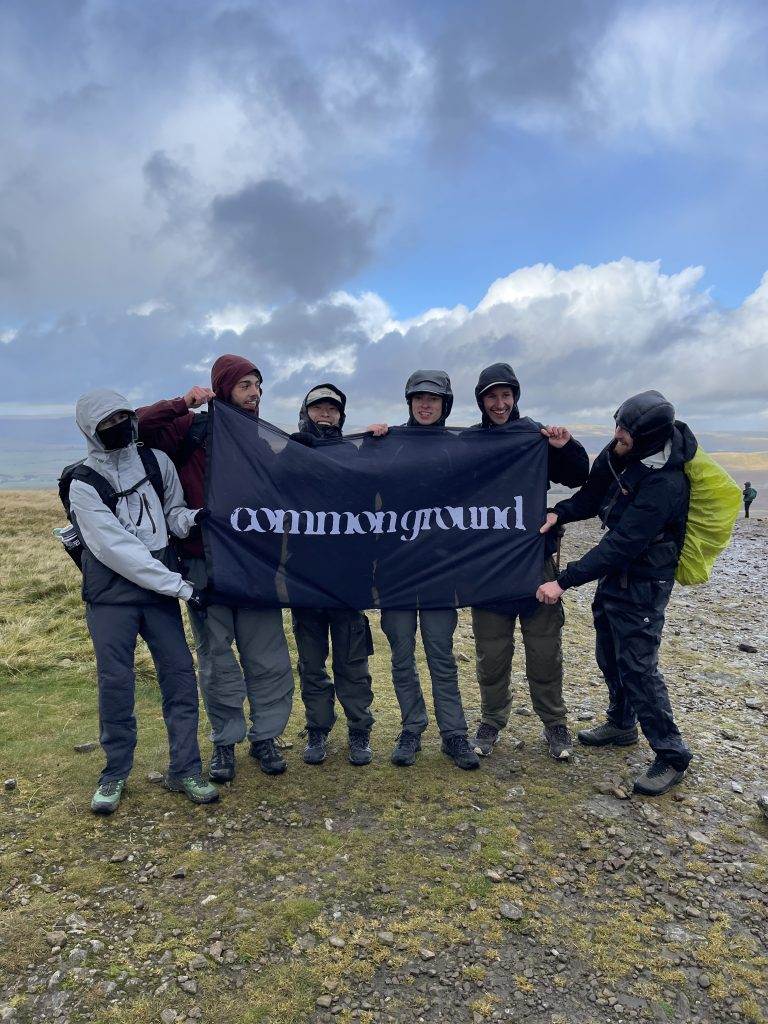
As long as people continue to contentify their hikes, social media algorithms will pick them up, and gorpcore will remain relevant. In fact, the word ‘gorpcore’ – in 2022 anyway – shouldn’t just delineate a way of dressing, but point to a feedback loop between outdoor activities and a way of presenting them as content online – content which can then be bought into and emulated by others, be they brands or people.
In a recent interview with The Face, trend forecaster Sean Monahan, of the wonderfully named collective, K-Hole, the collective that termed ‘normcore’ back in 2013, made a distinction between fads and trends: “if you think about trend forecasting, it’s kind of like a lens, right? So you can either zoom in really, really close or zoom out really, really far. If you zoom in really, really close you get a beauty influencer haul video talking about which colour palettes are going to be most successful in the next two to three months.” This is where TikTok showcases all of its best fads, or what we might call microtrends. But if you zoom out really, really far, you get an entire community of runners, hikers, climbers and outdoor enthusiasts who are changing – and have changed – the way the fashion world looks at itself.
